Climate-smart agriculture (CSA) stands at the forefront of addressing the pressing challenges posed by climate change while ensuring sustainable food production for future generations. In this comprehensive guide, we delve into the intricacies of climate-smart agriculture, exploring innovative technologies and practices that empower farmers to adapt to changing climatic conditions, enhance productivity, and mitigate greenhouse gas emissions. Join us on this journey towards a resilient and sustainable agricultural future.
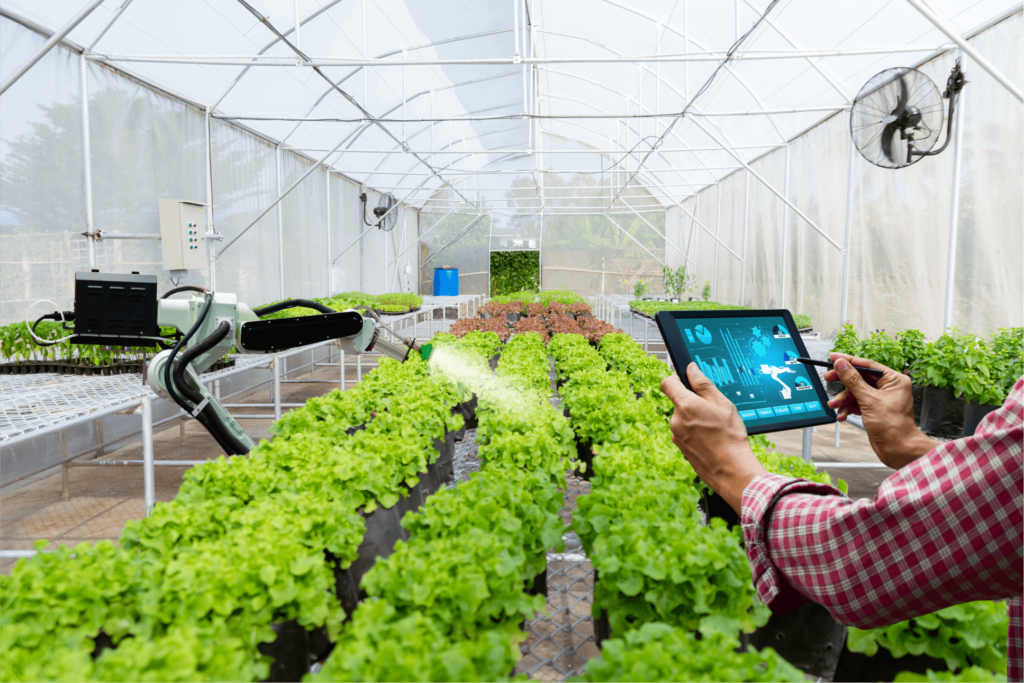
Understanding Climate-Smart Agriculture
At its core, climate-smart agriculture encompasses a holistic approach to farming that integrates three key pillars: increasing agricultural productivity, adapting to climate change impacts, and reducing greenhouse gas emissions. This integrated approach ensures that agricultural systems are not only productive and resilient but also environmentally sustainable. Climate-smart agriculture emphasizes the importance of implementing innovative technologies and practices that optimize resource use, minimize environmental impacts, and enhance farmers’ capacity to cope with climate variability.
Enhancing Agricultural Productivity
One of the primary goals of climate-smart agriculture is to enhance agricultural productivity sustainably. By leveraging innovative technologies such as precision agriculture, farmers can optimize inputs such as water, fertilizers, and pesticides, thereby improving yields while minimizing resource waste. Precision agriculture utilizes tools like GPS, drones, and sensors to precisely monitor and manage crop conditions, enabling farmers to make data-driven decisions that maximize efficiency and productivity.
Adapting to Climate Change Impacts
Climate change poses significant challenges to agricultural systems worldwide, including shifting weather patterns, increased frequency of extreme weather events, and changing pest and disease dynamics. Climate-smart agriculture equips farmers with adaptive strategies and technologies to cope with these challenges effectively. For instance, agroforestry, an integral component of climate-smart agriculture, involves integrating trees into agricultural landscapes to improve soil health, water retention, and biodiversity. By diversifying their farming systems, farmers can enhance resilience to climate variability while also sequestering carbon dioxide from the atmosphere.
Mitigating Greenhouse Gas Emissions
Agriculture is a significant contributor to greenhouse gas emissions, accounting for approximately a quarter of global emissions. Climate-smart agriculture aims to mitigate these emissions by adopting practices that minimize carbon footprint and enhance carbon sequestration. Conservation tillage, for example, involves minimizing soil disturbance through techniques like no-till or reduced tillage, thereby preserving soil organic matter and reducing emissions. Additionally, promoting the use of renewable energy sources such as solar-powered irrigation systems can further reduce agriculture’s reliance on fossil fuels, contributing to overall emissions reductions.
Some best sustainable practices for climate smart agriculture
i. Agroforestry
Agroforestry integrates trees into agricultural landscapes, providing multiple benefits such as improved soil health, water retention, and biodiversity conservation. By diversifying farming systems, agroforestry enhances resilience to climate variability and contributes to carbon sequestration.
ii. Conservation Agriculture
Conservation agriculture involves minimizing soil disturbance, maintaining soil cover, and diversifying crop rotations to improve soil health, water infiltration, and carbon sequestration. By reducing erosion, conserving soil moisture, and enhancing soil fertility, conservation agriculture helps mitigate the impacts of climate change on agricultural productivity.
iii. Precision Agriculture
Precision agriculture utilizes advanced technologies such as GPS, drones, and sensors to optimize resource use and management practices. By precisely monitoring crop conditions and environmental variables, farmers can make data-driven decisions to maximize yields, minimize inputs, and reduce environmental impacts.
iv. Organic Farming
Organic farming avoids the use of synthetic pesticides, fertilizers, and genetically modified organisms, relying instead on natural inputs and biological processes to enhance soil fertility and pest management. By promoting soil health, biodiversity, and ecosystem resilience, organic farming contributes to climate change mitigation and adaptation.
v. Integrated Crop-Livestock Systems
Integrated crop-livestock systems integrate crop production with livestock grazing or manure management, creating synergies that improve nutrient cycling, soil fertility, and overall productivity. By diversifying income sources and optimizing resource use, integrated systems enhance resilience to climate variability and provide multiple benefits for farmers.
vi. Water-Saving Technologies
Water-saving technologies such as drip irrigation, rainwater harvesting, and soil moisture sensors help farmers optimize water use and manage water resources more efficiently. By reducing water waste and improving irrigation efficiency, these technologies enable farmers to adapt to changing precipitation patterns and water scarcity associated with climate change.
vii. Climate-Smart Crop Varieties
Breeding and selecting crop varieties with traits such as drought tolerance, heat resistance, and disease resistance help farmers adapt to changing climatic conditions and maintain productivity. By investing in research and development of climate-smart crop varieties, farmers can mitigate the impacts of climate change on agricultural production.
viii. Agroecology
Agroecology emphasizes the integration of ecological principles into agricultural systems, promoting biodiversity, soil health, and ecosystem resilience. By fostering ecological balance and minimizing external inputs, agroecological approaches enhance sustainability and resilience to climate change while promoting food security and livelihoods.
ix. Greenhouse Farming
Greenhouse farming, also known as protected cultivation, involves growing crops in a controlled environment under a structure typically made of transparent materials like glass or plastic. Greenhouses provide several benefits for crop production, including improved control over environmental factors such as temperature, humidity, light, and ventilation.
x. Hydroponics Cultivation
Hydroponics is a soilless farming technique that involves cultivating plants in nutrient-rich water solutions instead of soil. This method relies on various systems such as nutrient film technique (NFT), deep water culture (DWC), and aeroponics to deliver essential nutrients directly to the plant roots. By providing plants with precisely controlled environments, hydroponic systems optimize growth conditions, resulting in faster growth rates and higher yields compared to traditional farming methods.
Implementing Climate-Smart Agricultural Technologies in 2024
As we venture into 2024, the adoption of climate-smart agricultural technologies continues to accelerate, driven by growing awareness of the need for sustainable farming practices and advancements in agricultural innovation. Farmers are increasingly embracing technologies such as drought-resistant crops, water-saving irrigation systems, and climate information services to enhance resilience and productivity in the face of climate change. These technologies not only enable farmers to adapt to changing climatic conditions but also contribute to global efforts to mitigate the impacts of climate change.
Drought-resistant crops play a crucial role in climate-smart agriculture, offering farmers a resilient option for maintaining productivity in water-stressed environments. Through breeding and biotechnology advancements, researchers have developed crop varieties with enhanced drought tolerance, enabling farmers to sustain yields even in periods of limited water availability. By incorporating these drought-resistant crops into their farming systems, farmers can mitigate the impacts of climate change-induced droughts and safeguard food security for their communities.
Water-saving irrigation technologies represent another key innovation in climate-smart agriculture, offering farmers efficient and sustainable methods for managing water resources. Drip irrigation, for instance, delivers water directly to the root zone of crops, minimizing evaporation and runoff compared to conventional irrigation methods. Similarly, soil moisture sensors enable farmers to precisely monitor soil moisture levels and optimize irrigation scheduling, ensuring that crops receive the right amount of water at the right time. By reducing water waste and improving irrigation efficiency, these technologies help farmers adapt to erratic precipitation patterns and water scarcity, a hallmark of climate change.
In addition to on-farm technologies, climate information services play a crucial role in supporting climate-smart agriculture by providing farmers with timely and relevant weather and climate forecasts. These services enable farmers to make informed decisions about planting, irrigation, and other management practices, reducing risks associated with climate variability and extreme weather events. By integrating climate information into their decision-making processes, farmers can optimize resource allocation, minimize crop losses, and enhance overall resilience to climate change impacts.
Conclusion
To conclude, climate smart agriculture represents a transformative approach to farming that addresses the complex challenges of climate change while promoting sustainability and resilience. By integrating innovative technologies and practices, farmers can enhance productivity, adapt to changing climatic conditions, and mitigate greenhouse gas emissions, contributing to a more sustainable and food-secure future. As we navigate the uncertainties of a changing climate, embracing climate-smart agriculture is essential for building resilient agricultural systems that can thrive in the face of adversity. Together, let us embark on this journey towards a more sustainable and prosperous agricultural future.

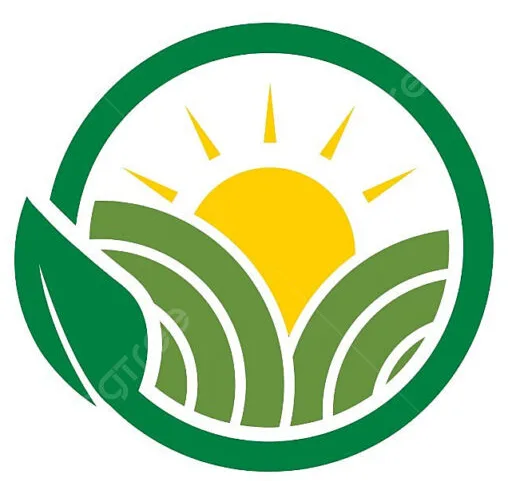
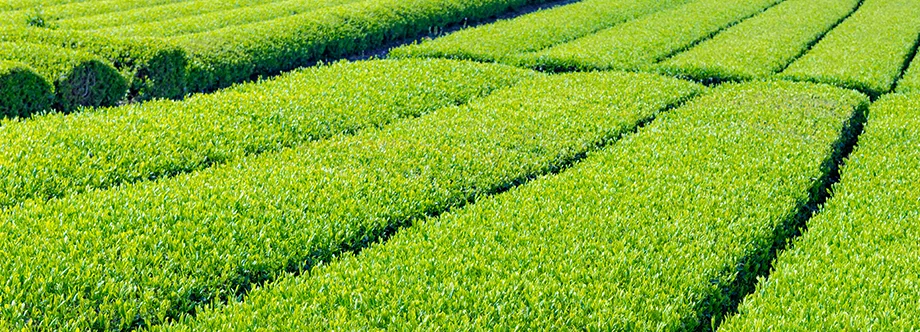
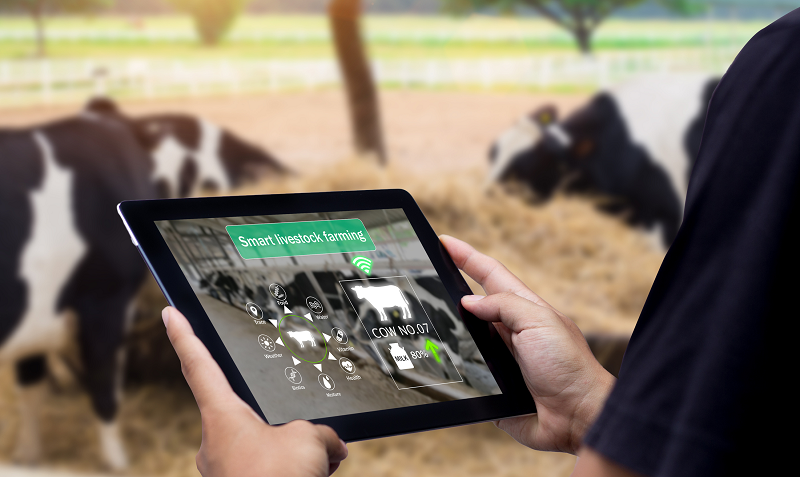
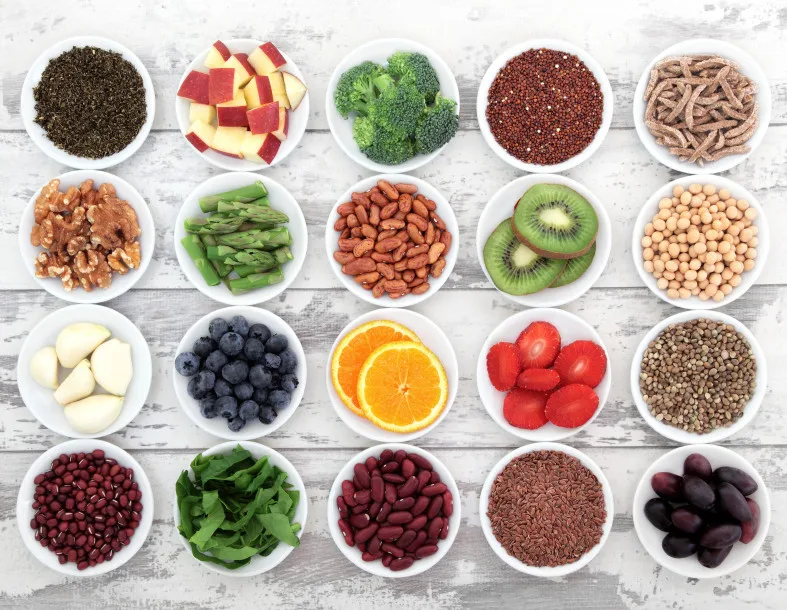
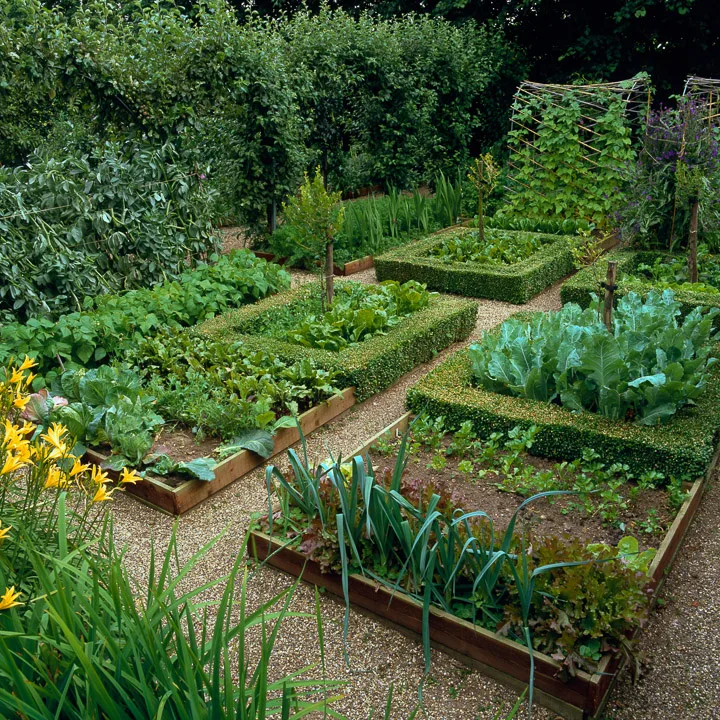
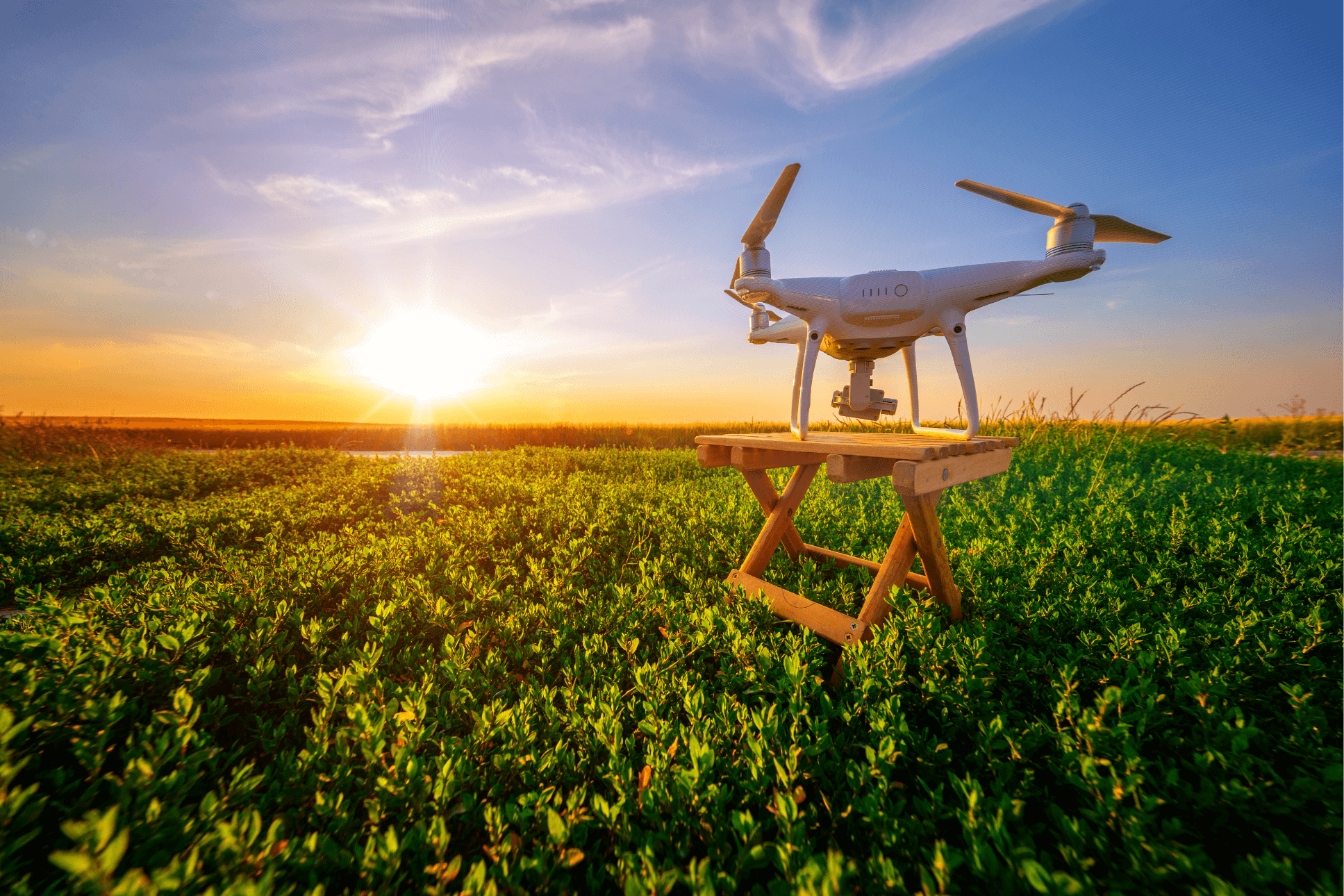
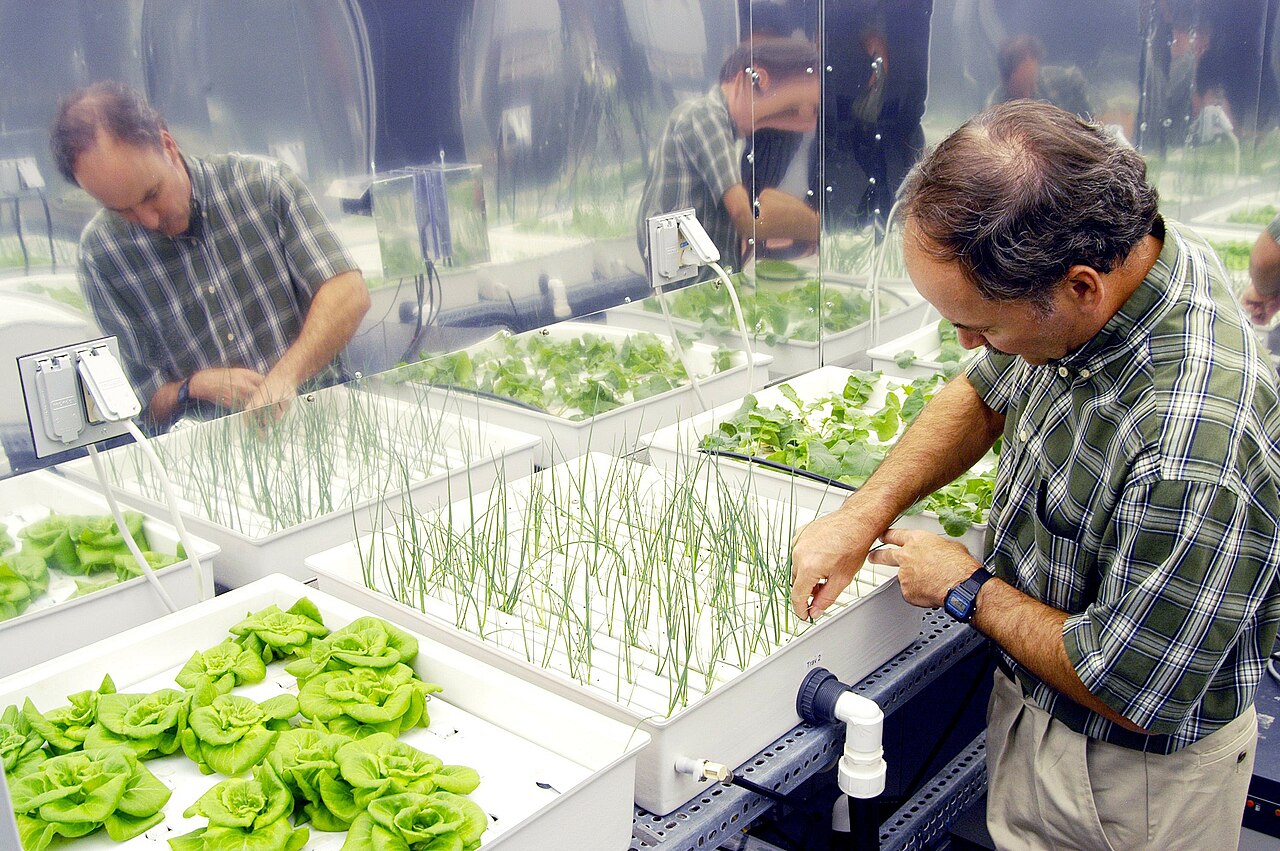

Ready to boost your online security with ease? Our freelance services have got you protected! From strengthening your website against bots to simplifying file sharing, we’ve got simple solutions for everyone. https://srv.surge.sh
Its an amazing article. Thanks for this write-up, it really inspired me and others out there.